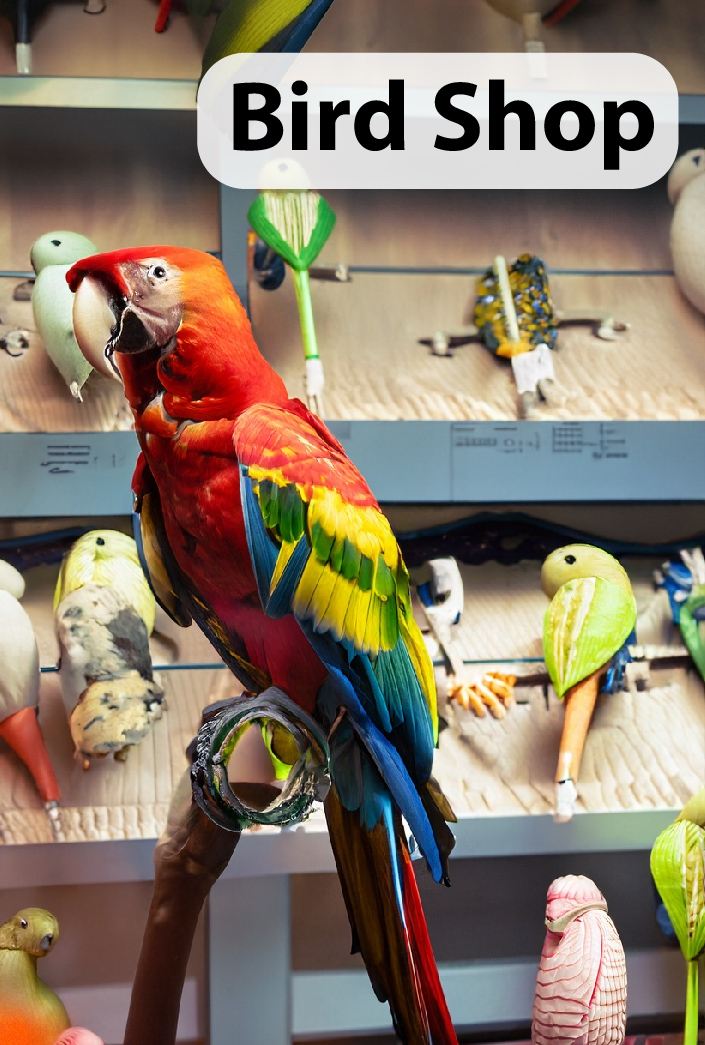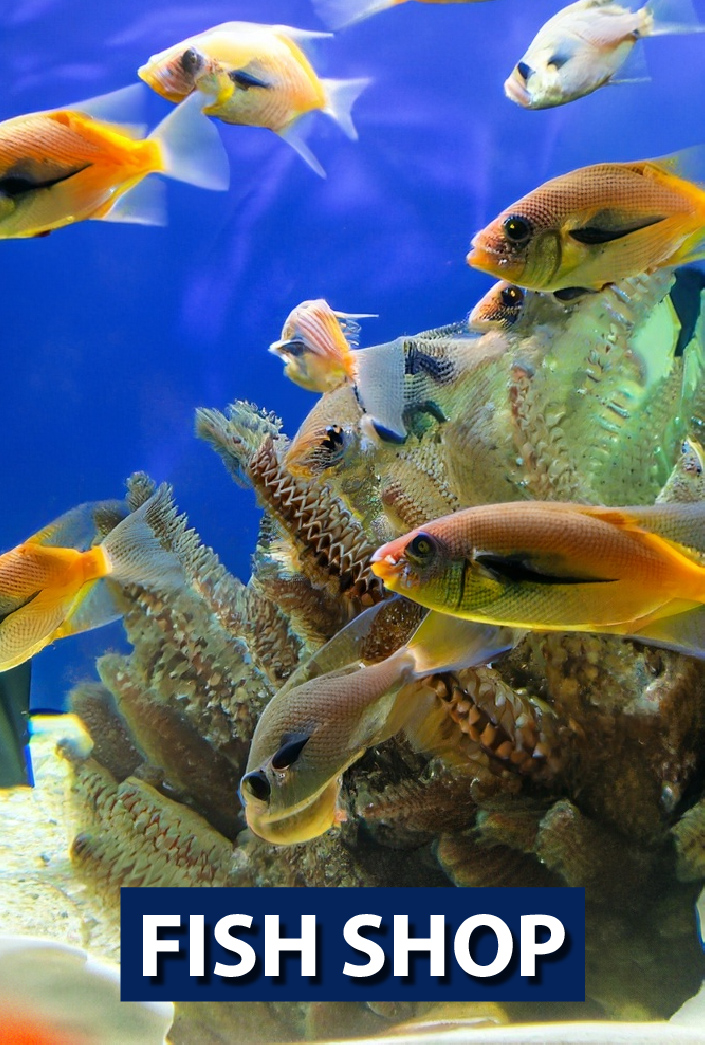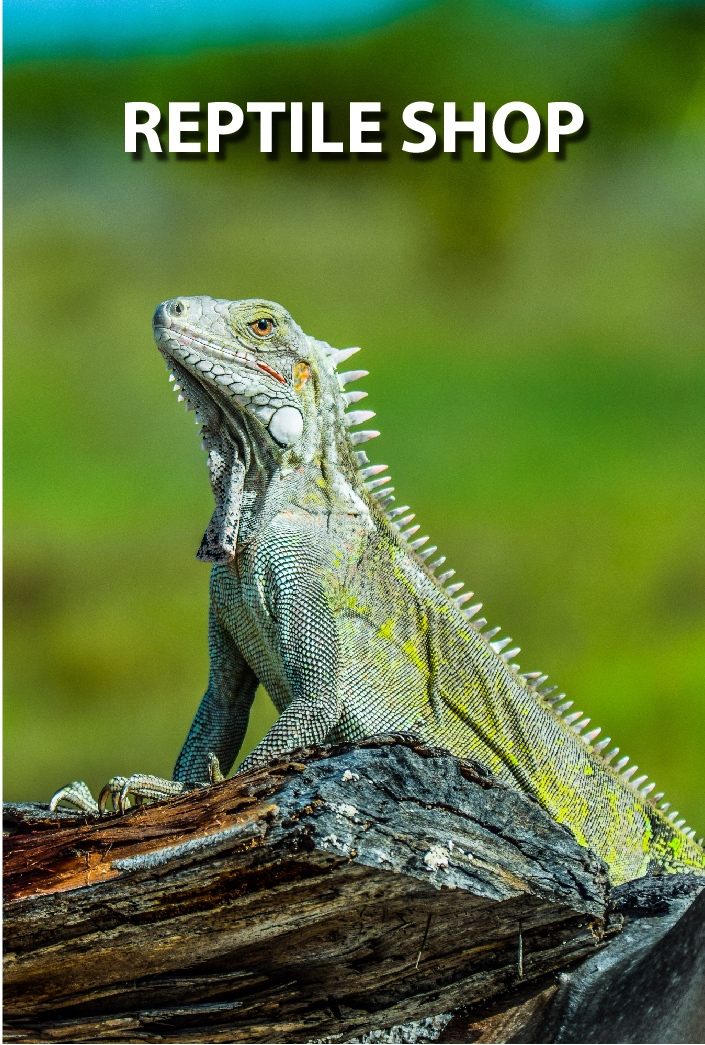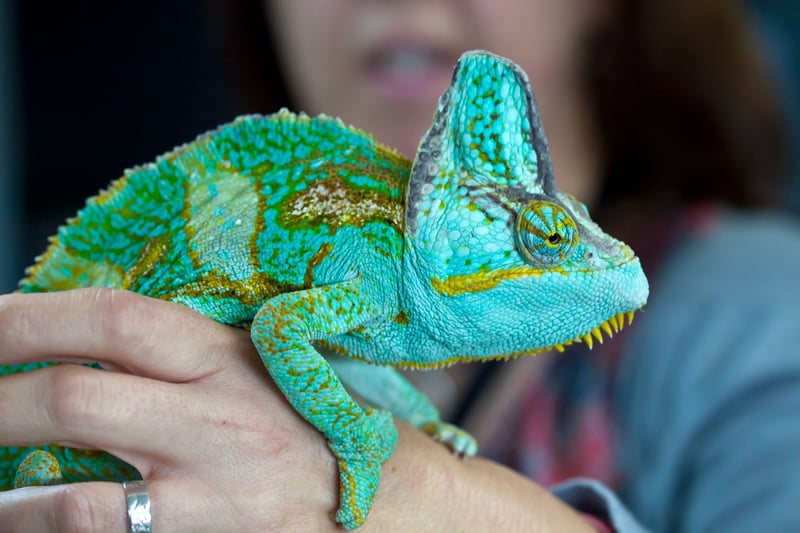Keeping a snake as a pet can be a rewarding experience! When selecting a snake, it’s essential to consider factors such as temperament, size, care requirements, and your own experience level. Here’s a list of some popular snakes that are generally considered good pets, along with reasons why they make suitable companions:
### 1. **Corn Snake (*Pantherophis guttatus*)**
- **Temperament**: Corn snakes are known for their gentle disposition and relatively docile nature, making them great for beginners.
- **Size**: They typically reach about **3 to 5 feet** in length, which is manageable for most owners.
- **Care**: They require a simple setup with moderate humidity and temperature, making their care straightforward.
- **Variety**: Corn snakes come in various colors and patterns, which adds to their appeal.
### 2. **Ball Python (*Python regius*)**
- **Temperament**: Ball pythons are known for being calm and easy to handle, often enjoying human interaction.
- **Size**: They usually grow to about **3 to 5 feet** in length and are relatively stocky.
- **Feeding**: They can be fed pre-killed rodents, which are easy to acquire. They are also known for their less demanding feeding habits compared to other snakes.
- **Variety**: There are many morphs and color variations available, making them visually appealing.
### 3. **Gopher Snake (*Pituophis catenifer*)**
- **Temperament**: Gopher snakes are generally friendly and can be quite inquisitive. They are relatively easy to handle.
- **Size**: They typically reach about **4 to 6 feet** in length.
- **Hardiness**: Gopher snakes are hardy and adaptable, making them suitable for a variety of environments.
- **Feeding**: They can be fed a diet of rodents and are typically good eaters.
### 4. **California King Snake (*Lampropeltis californiae*)**
- **Temperament**: California king snakes are known for their calm nature and willingness to be handled.
- **Size**: They usually grow to about **3 to 4 feet**, making them a manageable size for most owners.
- **Care**: They are easy to care for and adapt well to captivity, requiring a simple setup.
- **Variety**: They come in various colors and patterns, which can be quite striking.
### 5. **Rosy Boa (*Lichanura trivirgata*)**
- **Temperament**: Rosy boas are generally docile and calm, making them excellent for handling.
- **Size**: They tend to be smaller, usually reaching about **2 to 3 feet** in length.
- **Hardiness**: They are hardy snakes that can adapt well to different care setups.
- **Unique Appearance**: They have a unique, attractive coloration that can vary significantly.
### 6. **Milk Snake (*Lampropeltis triangulum*)**
- **Temperament**: Milk snakes can be a bit more active and curious, but many are still calm and easy to handle.
- **Size**: They typically reach about **2 to 4 feet** in length.
- **Care**: They adapt well to captivity and require a simple care setup.
- **Color Variations**: Milk snakes come in a variety of striking colors and patterns, making them visually appealing.
### 7. **Burmese Python (*Python bivittatus*)** (for experienced keepers)
- **Temperament**: They can be friendly if properly socialized but require more handling experience.
- **Size**: Burmese pythons can grow large, often exceeding **10 feet** in length, so they require a significant commitment in terms of space and care.
- **Care**: They have more complex care needs than smaller species, so they are better suited for experienced snake keepers.
- **Feeding**: They can be fed large rodents or other suitable prey, but care must be taken to manage their size and diet.
### Considerations Before Getting a Snake
1. **Space Requirements**: Ensure you have enough space for the snake’s enclosure, which can vary significantly depending on the species.
2. **Time Commitment**: Snakes may require less daily care than some pets, but they still need regular feeding, cleaning, and occasional handling.
3. **Longevity**: Many snake species can live for 15-20 years or more in captivity, so consider the long-term commitment.
4. **Legal Restrictions**: Check local laws regarding the ownership of specific snake species, as some areas may have restrictions.
5. **Feeding Needs**: Understand the feeding habits of the snake species you choose, as some may require live prey or special diets.
6. **Health Care**: Be prepared to provide veterinary care and regular health monitoring.











 Next Day Delivery
Next Day Delivery
%20(1).png) 60 Min Delivery
60 Min Delivery









